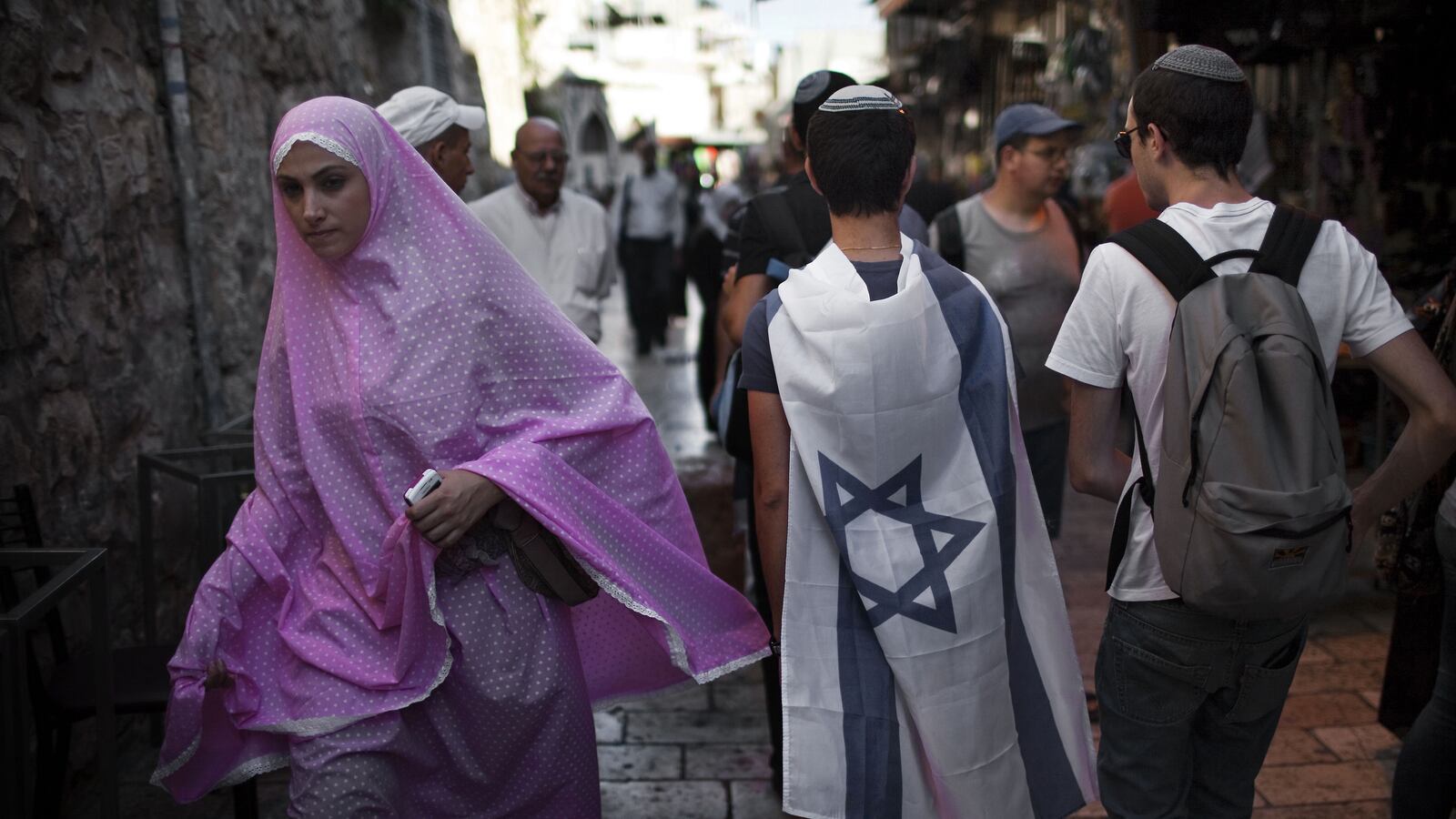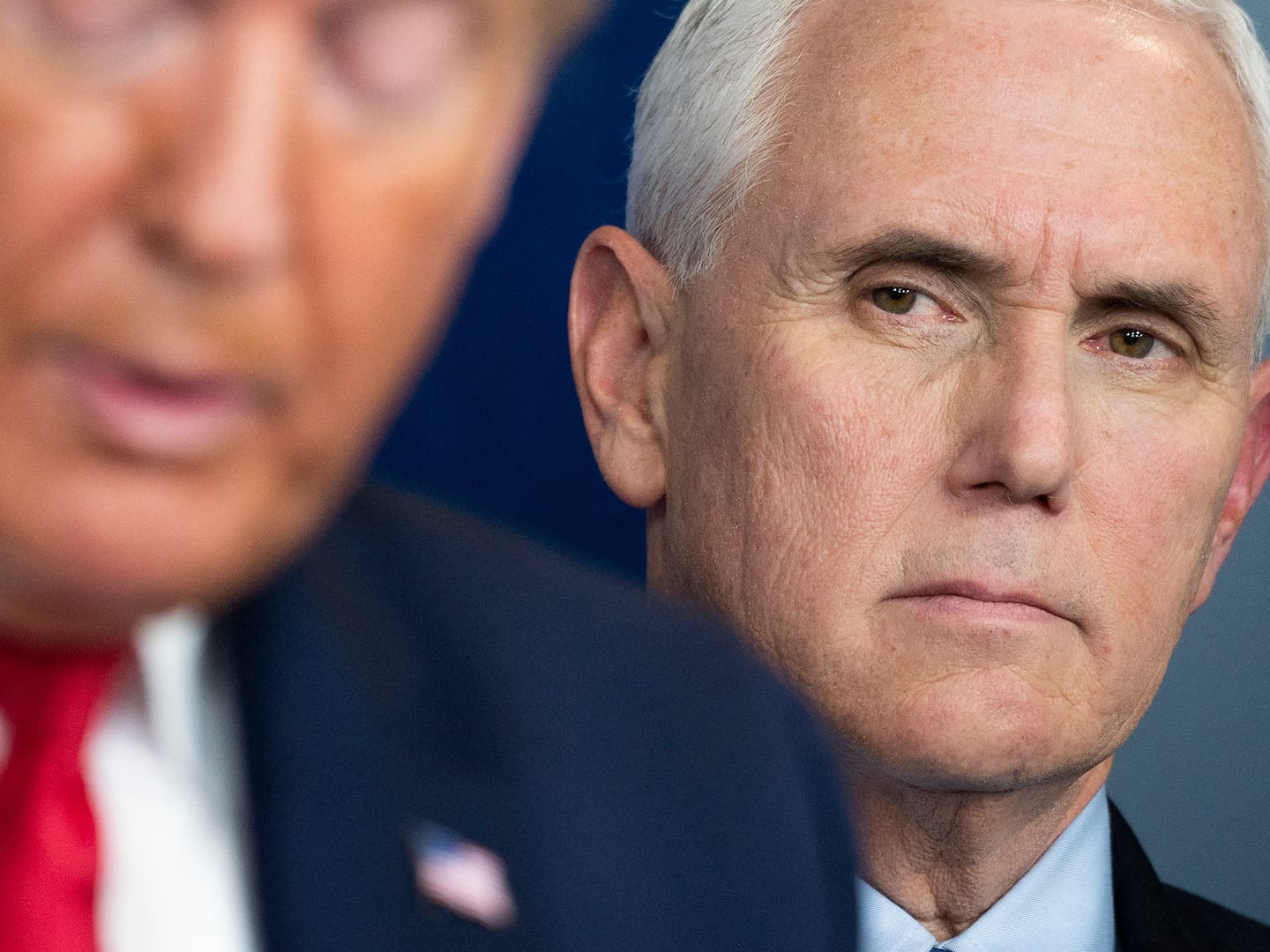More than fifteen hundred years ago, the rabbis of the Talmud transformed Chanukah from acommemoration of a bloody military victory to a celebration of divine redemption. In place of the historical account of the Hasmonean conquest of Jerusalem, they told about a flask of oil that miraculously lasted eight days so the Temple could be rededicated to divine service.
The rabbis honored the victory won by the Maccabees, but despised the Hasmonean dynasty that came to power as a result. The Babylonian Talmud therefore portrays the generations of Hasmonian rulers as murderers, rapists, imposters, and defilers of the Holy Temple. The rabbis were taking no chances that Chanukah celebrations would end up glorifying cruelty and corruption, rather than God’s grace.

Maybe it’s time for the Chanukization of Yom Yerushalayim.
Yom Yerushalayim marks the day that Israeli forces entered East Jerusalem in 1967, during the Six-Day War. Accounts differ as to what, exactly, happened that day and on who acted appropriately or inappropriately in the battle. Even so, I, like many Jews, continue to think it nothing short of a miracle that Jews now have access to our holy sites. At the same time, I am disturbed that Yom Yerushalayim has become a nationalistic holiday, observed most publicly by the religious right.
Too often, Yom Yerushalayim celebrations turn violent. Two years ago, an image circulated of three yeshiva boys screaming at a frightened elderly Palestinian woman. Every year, “religious” Jews set fire to trash cans in East Jerusalem, attack shops and shopkeepers, and otherwise sow terror among the Palestinian residents.
During the two years I lived in Israel in the past decade, I simply didn’t go downtown that day. Even now, back in New York, it’s hard to muster the will to go to shul to say hallel (psalms of praise) on Yom Yerushalayim. I cannot help but think of the political and ideological interests that have defiled the city.
On my last visit to the kotel, to pray with Women of the Wall, a “religious” man screamed at me that I was finishing the Nazis’ work. I returned home to nurse my then-baby daughter, named after her great-grandmother who survived the war in Poland and her great-grandfather who helped to liberate the camps as a G.I.
And this past November, as I walked through the East Jerusalem neighborhood of Sheikh Jarrah, with a group organized by Rabbis for Human Rights-North America, a Palestinian woman harvesting olives began beating the bushes and screaming at our group, whom she mistook for settlers. I didn’t blame her: I, too, saw the fortified Jewish homes and the armed settlers who were slowly taking over her neighborhood.
A radical transformation of Yom Yerushalayim, per the Talmudic model, requires a new narrative. We must reject nationalism and the violent abuse of power; we must restore to Jerusalem its intended status as the “City of Peace” and the “City of God.”
Where will we find the “flask of oil” of the new Yom Yerushalayim story? Perhaps among the Israeli and Palestinian peace activists working to stop the eviction of Palestinians from Sheikh Jarrah. Or maybe from the American Jews, organized through Rabbis for Human Rights-North America, who are pressuring the Jewish National Fund to end its policy of transferring Palestinian homes in East Jerusalem to right-wing settlers. Or perhaps from the women and men standing up to attempts to strip women’s faces from Jerusalem billboards.
This Yom Yerushalayim, we are still stuck in the Hasmonean period. That is, most celebrations of Yom Yerushalayim glorify the violent abuse of power by cruel extremists. I pray that one day, years or decades from now, we will have a different way to celebrate this holiday, with a story of how the city once again came to fulfill its mission as the dwelling place of the divine.






